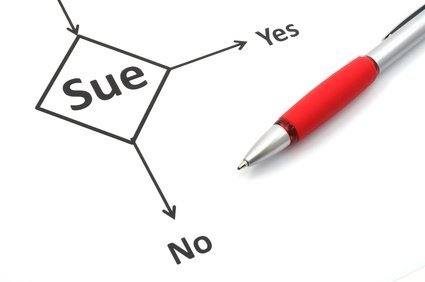How to Make Your Infringement Evidence Standup in Court?
All too often, a company uncovers the fact that their intellectual property is being misused and they make rash decisions. Their first call to us is, “Hey, someone is selling my products and they are clearly counterfeit. Can you contact law enforcement and get them arrested?”
Counterfeiting is an intent-based crime and in order for criminal prosecution to be an option, the counterfeiter must be aware and have knowledge that the products they are selling or distributing are in fact counterfeit.
The best course of action is to secure legal assistance and evidence before you play private investigator and potentially hurt your case. With expert counsel, you can collect the evidence that will standup in your court case against the infringer.
The 3 Steps to Proving Counterfeiting Intent
Step 1: Qualified Evidentiary Buy (undercover) – Your experienced, licensed, undercover investigator will purchase the counterfeited items and include all of the necessary documentation to withstand legal scrutiny (Buy Report / Chain of Custody). Additionally they will obtain photos/video and secure statements from the subject to support enforcement actions. Once the counterfeited item is secure, it can be inspected to verify if it counterfeit or genuine. It is important to have someone who is trained properly authenticate the product(s) as counterfeit.
Step 2: Cease & Desist Letter -A brand owner can put an individual or company on notice by sending them a Cease & Desist Notice. Once the C&D Notice is sent a follow-up investigation should be conducted to determine if the infringer is or is not in compliance.
Step 3: Follow-up discreet inspection to to determine if subject is in compliance following C&D. A second qualified evidentiary buy (undercover) from an alternate front company might be required.
